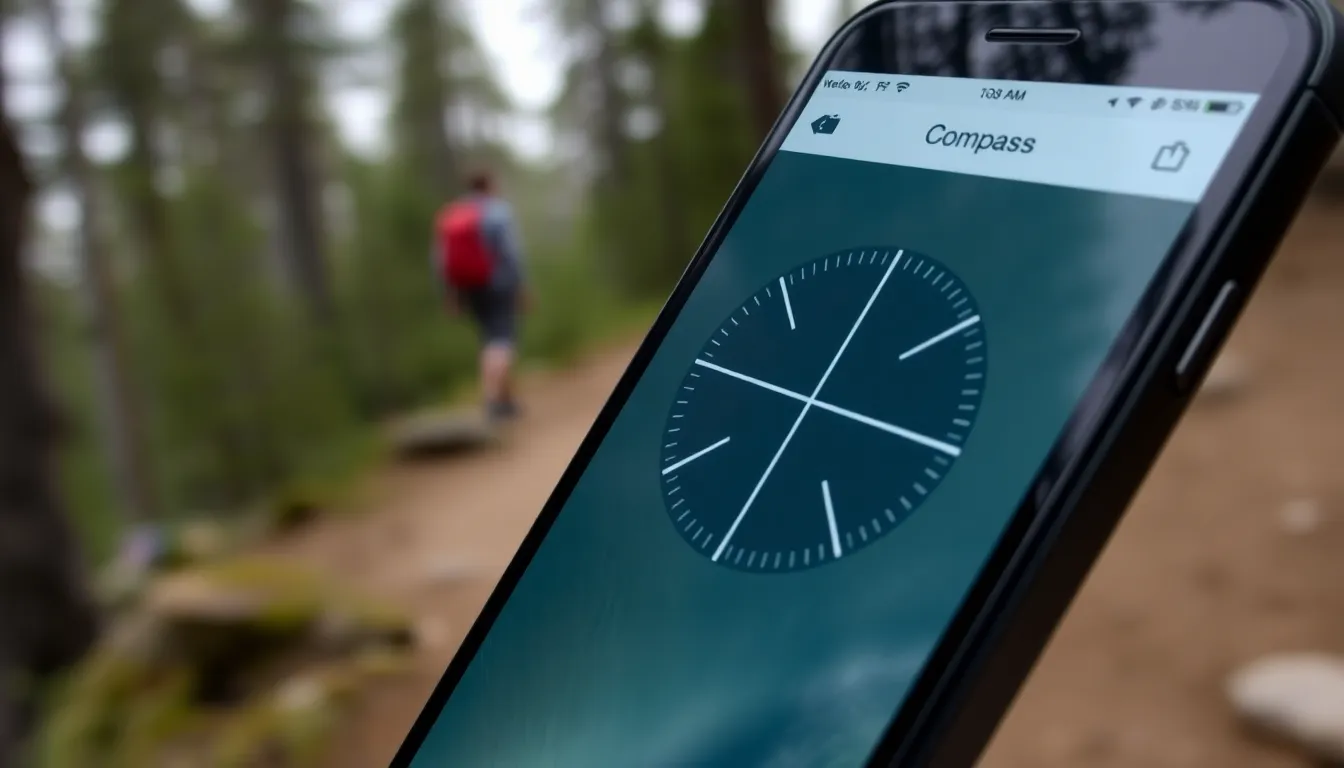Ever found yourself in a situation where you wish you could capture the epic gaming moment or that hilarious video call? Well, it’s time to unlock the magic of screen recording on your iPhone. With just a few taps, you can immortalize every swipe, scroll, and spontaneous dance-off right from your device.
Table of Contents
ToggleOverview of Screen Recording on iPhone
Screen recording on iPhone serves as a powerful tool for capturing various activities. Users can record gameplay, video calls, tutorials, and more with just a few taps. Accessing this feature requires enabling it in the Control Center for quick functionality.
Recording options provide an array of settings for users to customize their experience. Users can include audio while recording, which enhances the quality of tutorials or presentations. Additionally, the screen recording feature gives users the ability to capture the screen in high quality, ensuring clear playback.
Navigating to the Control Center proves straightforward. Swiping down from the top-right corner allows users to find the screen record icon. Pressing and holding this icon opens a menu for further options.
Viewing recorded content happens easily through the Photos app. From there, users can edit, share, or delete recordings, ensuring flexibility. Other apps may also provide ways to utilize these recordings for various purposes.
Practicing screen recording leads to mastery of the feature. Users can experiment with different recording scenarios to understand the full potential. Engaging with the screen recording function transforms how individuals capture and share their experiences on iPhone.
Accessing Screen Recording Settings

Accessing screen recording settings on an iPhone involves a few simple steps. This process allows users to enable recording features for capturing screen activities easily.
Enabling Screen Recording in Control Center
To enable screen recording, users navigate to Settings, then Control Center. After that, they choose Customize Controls. Next, find Screen Recording in the More Controls section and tap the green plus icon. This action adds the screen recording icon to the Control Center, allowing for quick access anytime.
Customizing the Control Center
Customizing the Control Center enhances user experience. Users can rearrange icons by holding and dragging them into preferred positions. Additionally, they can remove any unwanted controls by tapping the red minus icon. This flexibility lets users prioritize access to essential features like screen recording, ensuring their most-used tools are readily available.
Starting a Screen Recording
Activating the screen recording feature on an iPhone allows users to capture vivid content effortlessly. Here’s how to enhance the experience further.
Recording with Audio
Users can record their screens with audio by enabling the microphone during the recording setup. Tapping the screen record icon in the Control Center reveals the microphone option. After enabling audio, users can capture their voices or ambient sounds while recording gameplay or tutorials. This option provides context and enriches the recording, making it more engaging for viewers. Users seeking to narrate experiences or add commentary benefit significantly from this feature.
Options for Recording
Various options enhance the effectiveness of screen recordings. Users can choose to show touches on the screen by enabling this feature in Settings. Visual cues indicate where users tap, adding clarity to tutorials or guides. Additionally, users can determine screen orientation by tilting the device, affecting how content is captured and displayed. Adjusting these settings allows users to create tailored recordings that align with their specific needs. Accessing different recording options ensures users maximize the value of their captured content.
Stopping and Saving Screen Recordings
To stop a screen recording, a user taps the red status bar at the top of the screen. After tapping, a prompt appears to confirm the action, ensuring users don’t stop recordings accidentally. Once confirmed, the screen recording ceases, and the captured video is saved automatically.
Saving occurs in the Photos app, making access effortless. Users will find the recorded files in the “Recents” album or within the “Screenshots” album, depending on the device settings. Each recording can be played back to review the captured moments, providing an opportunity to share content directly with friends or on social media platforms.
Editing options enhance the user experience. Trimming features allow for cutting unwanted segments from the beginning or end of recordings. Alternately, users can utilize third-party video editing apps for more extensive modifications.
Sharing options further expand the utility of recorded content. A simple tap on the share icon within the Photos app reveals various sharing methods. Users may opt for AirDrop, text message, or social media platforms like Instagram and Facebook, ensuring others can easily view their creations.
Exploring these functionalities helps users leverage their recordings effectively. Understanding how to stop and save recordings ensures a seamless experience while capturing important moments and sharing them with others. This process enriches user engagement and facilitates content distribution across various channels.
Mastering screen recording on the iPhone opens up a world of possibilities for users. Whether capturing gameplay highlights or sharing valuable tutorials it enhances the way experiences are documented. With simple access through the Control Center and customizable options for audio and visual cues users can create engaging content that resonates with viewers.
The ease of stopping and saving recordings ensures that important moments are never lost. By exploring editing features and sharing options within the Photos app users can further refine and distribute their recordings effortlessly. Embracing this feature not only enriches personal content but also fosters creativity and connection in the digital world.






